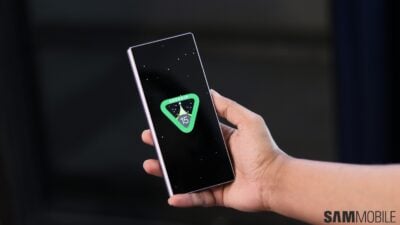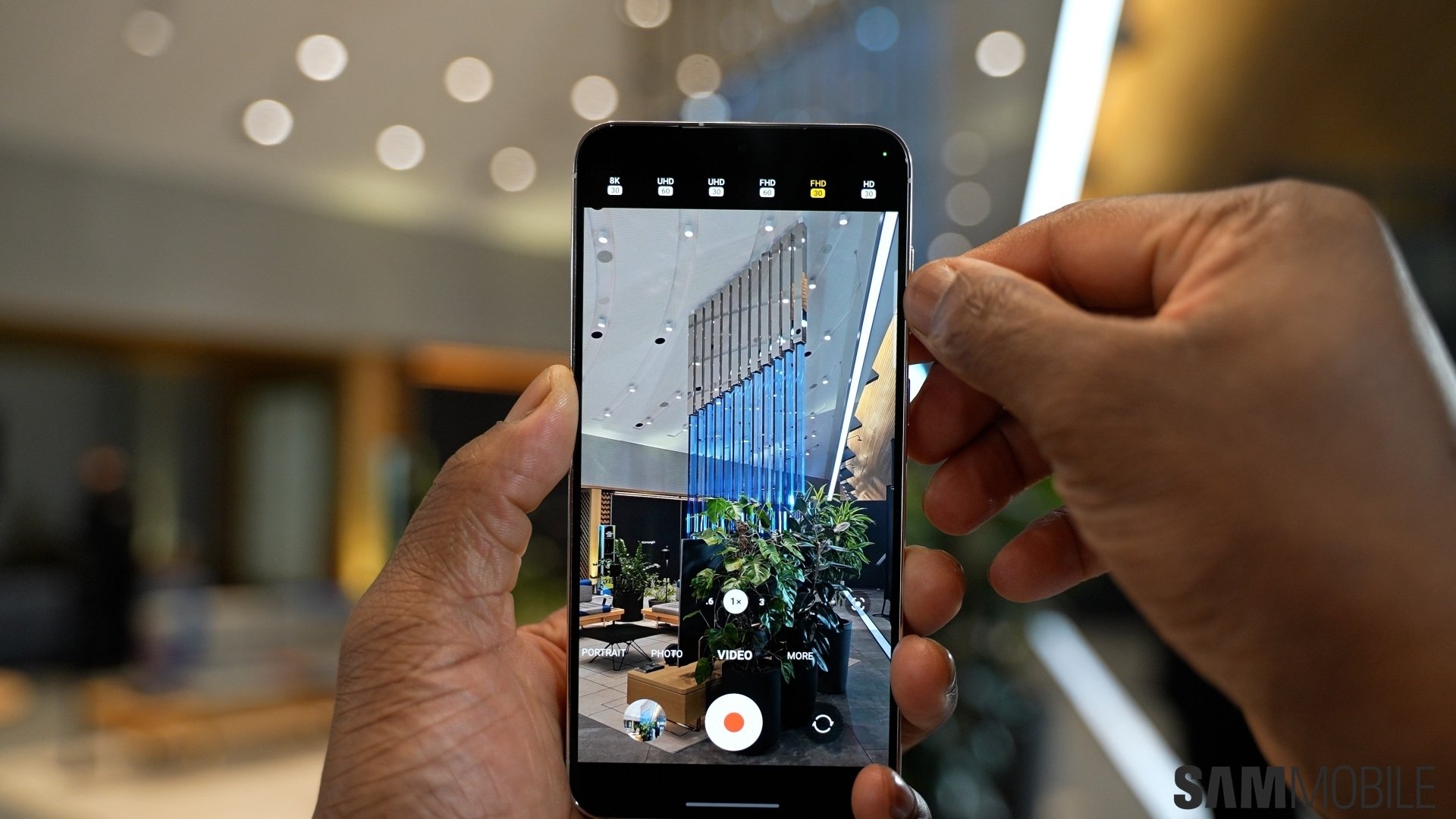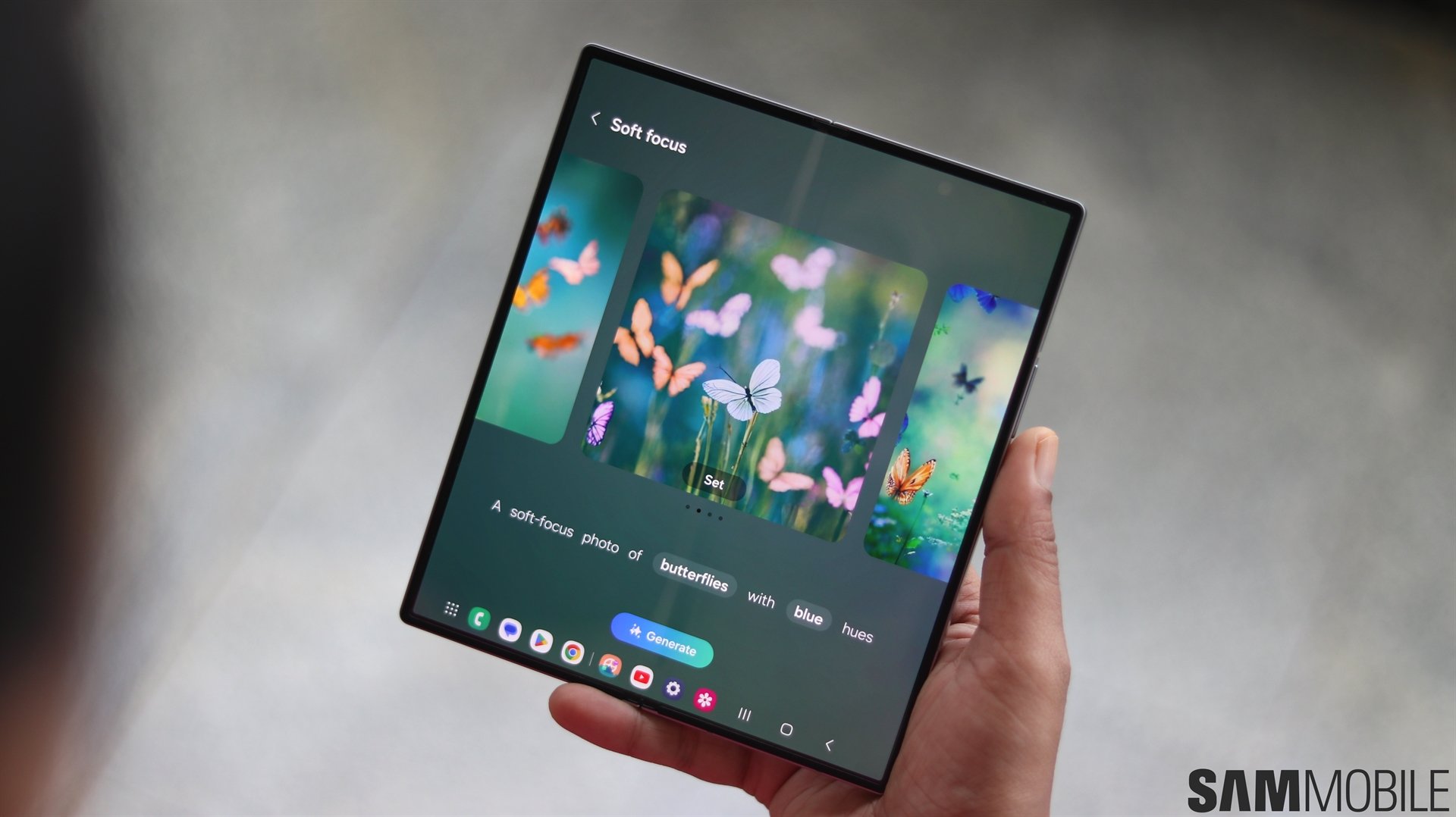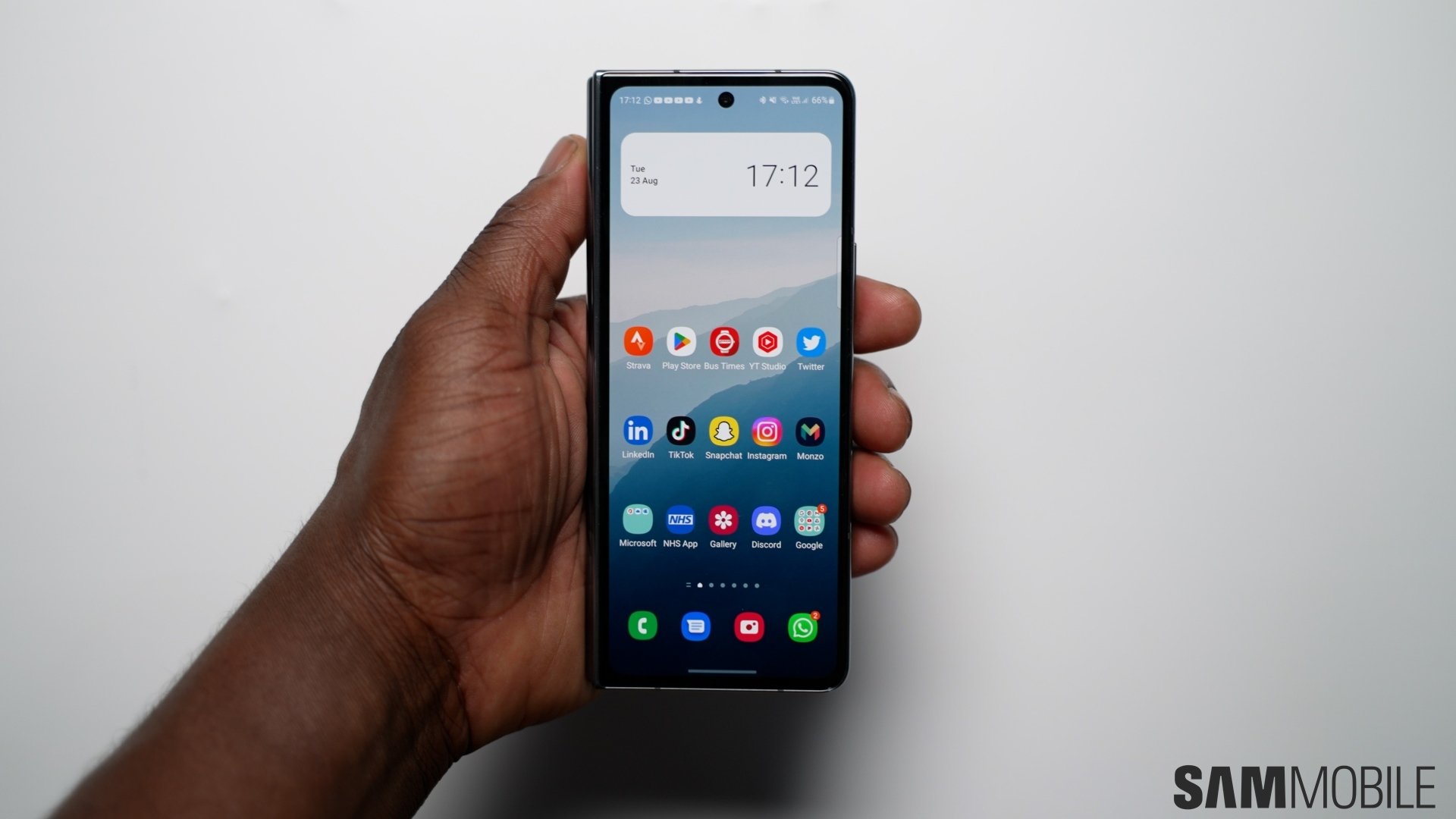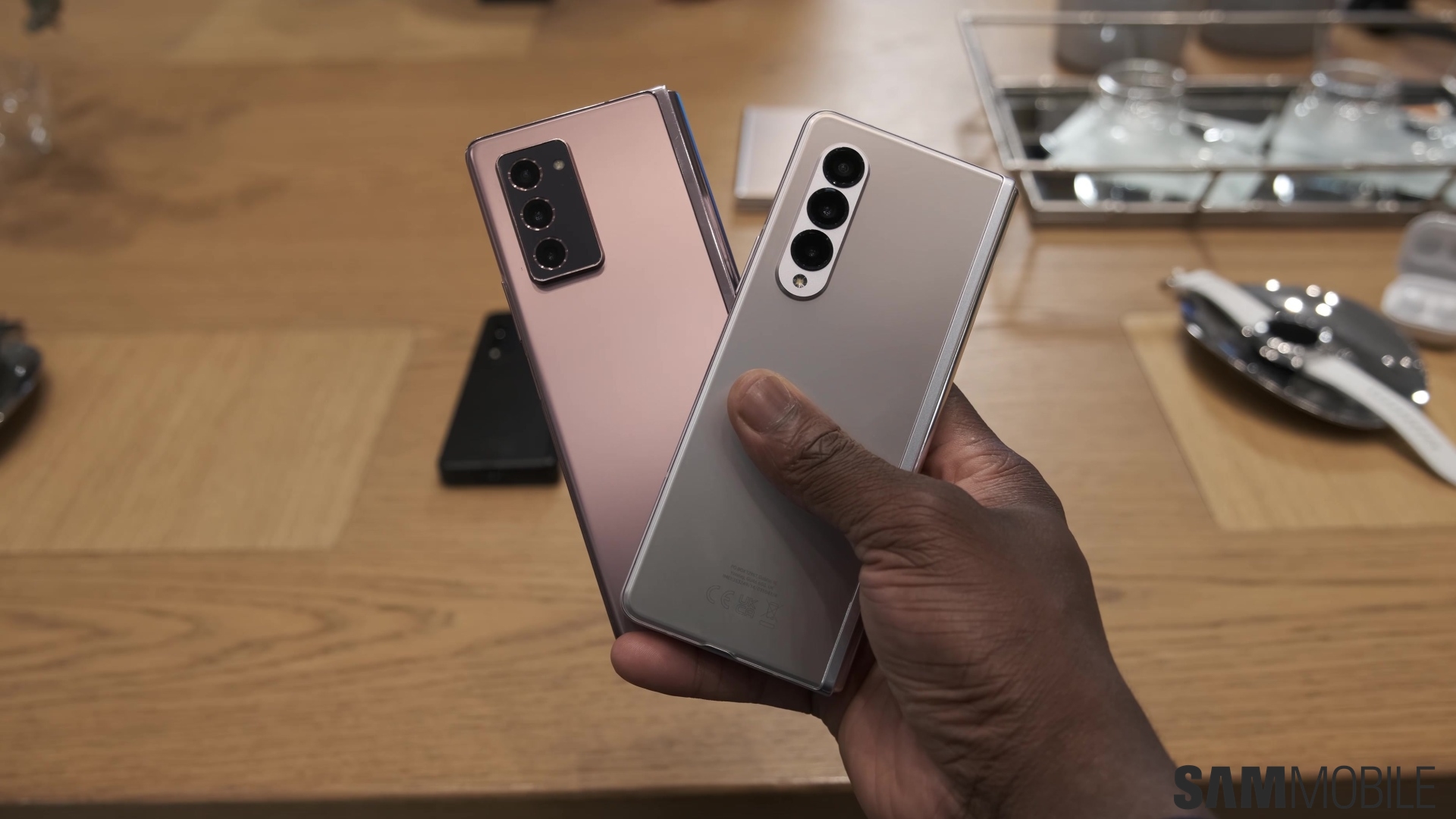
Huawei, OPPO, and Xiaomi’s foldable phones are primarily limited to the Chinese market right now, but they will reach more markets this year. While Samsung has a technical (and marketing) lead over rival firms, it can’t keep charging over $1,800 for its Galaxy Z Fold devices.
The OPPO Find N, which was launched a few weeks ago, costs just $1,400. We’ve all seen how aggressively Chinese brands price their devices. So, even when the Find N launches in Europe and India this year, OPPO will likely price it much lower than the Galaxy Z Fold 3. Even Xiaomi’s Mi MIX Fold has a lower price tag than the Galaxy Z Fold 3 despite featuring better camera hardware and bigger batteries. And you shouldn’t be surprised to see a similar strategy from other Chinese OEMs like Honor, OnePlus, and Vivo.
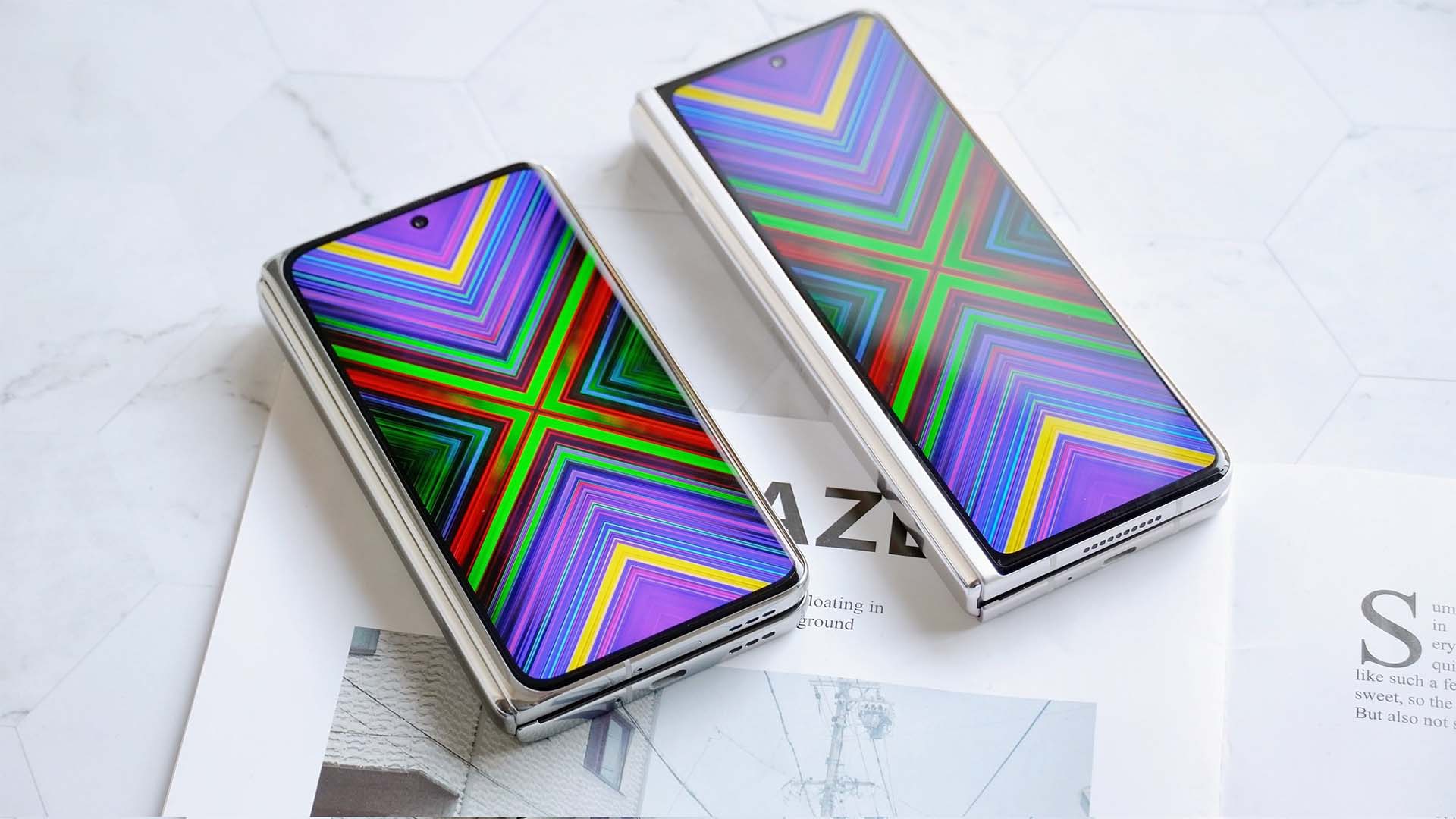
Even Google is dipping its toes in the foldable smartphone segment. It is being reported that the company’s first foldable phone will be called Pixel Notepad and that it could be priced at just $1,400. That’s just $200 more than the Galaxy S21 Ultra. Looking at the pricing of the Pixel 6 ($599) and the Pixel 6 Pro ($899), the pricing information about Google’s upcoming foldable phone may be correct. The internet search giant has started undercutting Samsung’s phones to increase sales.
With so many brands bringing their foldable phones and pricing them lower than Samsung’s, the South Korean firm might not have any option but to lower the price of its next-generation Galaxy Z series phones.
Yes, Samsung might have more mature software and neat tricks up its sleeve, but with Android 12L coming within the next few months, Android as a whole will get better on foldable and large-screen devices, and it won’t take long for other OEMs to copy features seen on Samsung’s Galaxy Z series devices.

With lower price tags, better hardware specs, and less noticeable screen creases, it won’t be long before customers start considering non-Samsung foldable phones. If the South Korean firm wants to keep its foldable crown, it needs to improve the hardware and lower the prices of its foldable phones, starting with the Galaxy Z Fold 4 later this year.
We’ve already published our wishlist for the Galaxy Z Fold 4, and it includes a less noticeable screen crease, a wider cover display, better cameras (especially the telephoto camera), an S Pen slot, and a lower price tag.
Would you be interested in buying a non-Samsung foldable phone? What would be the biggest factor to hold you back to a Samsung device? Let us know in the comments section below.












